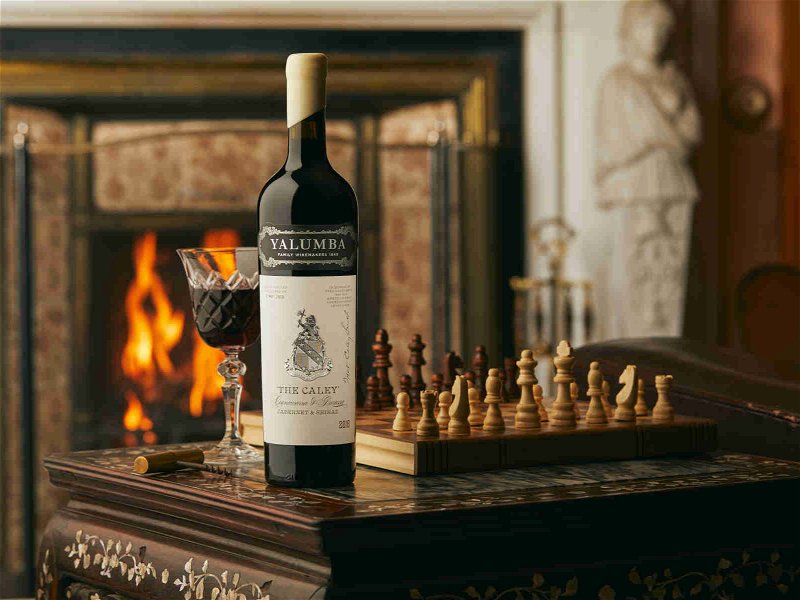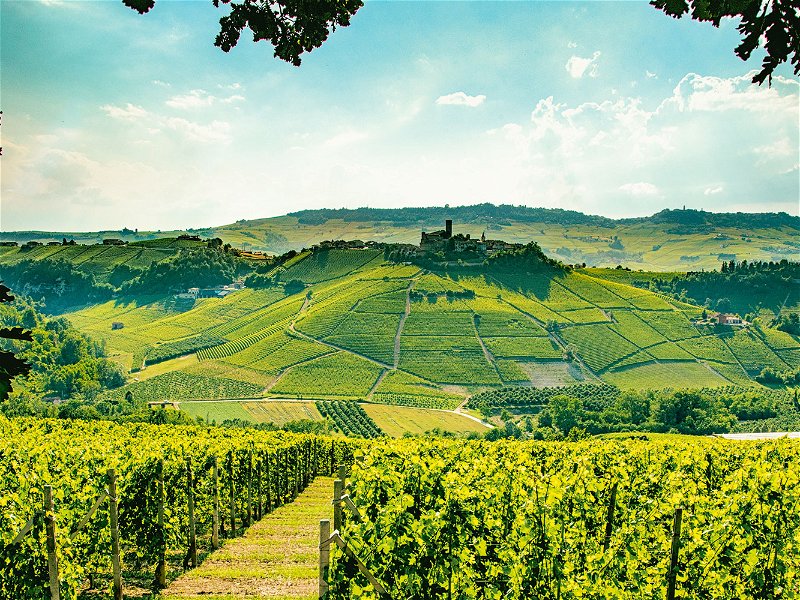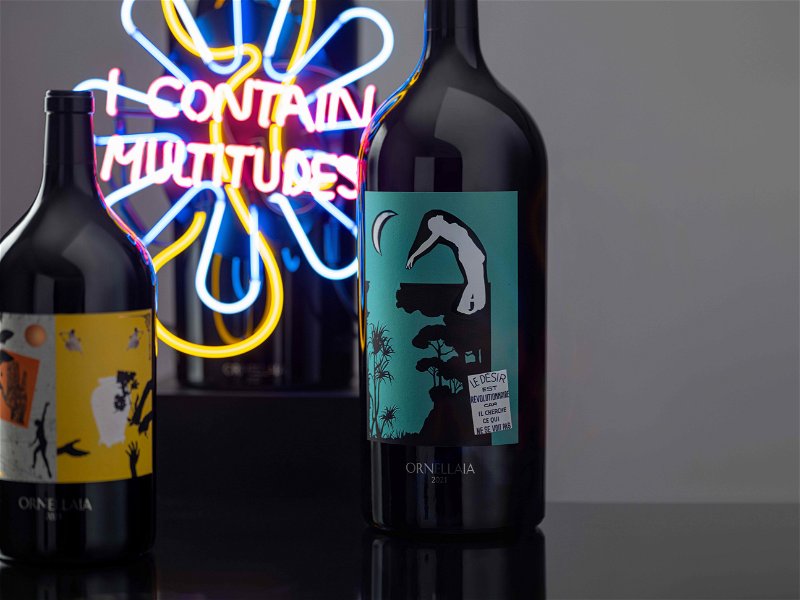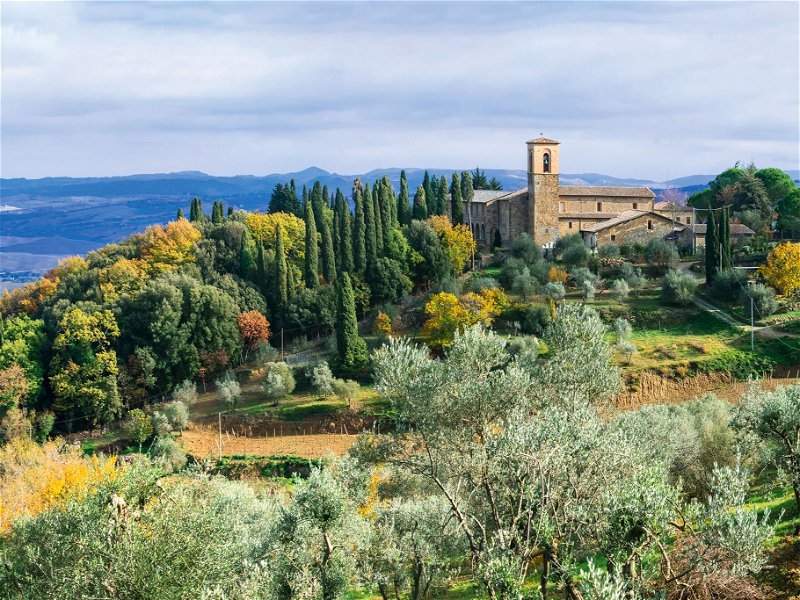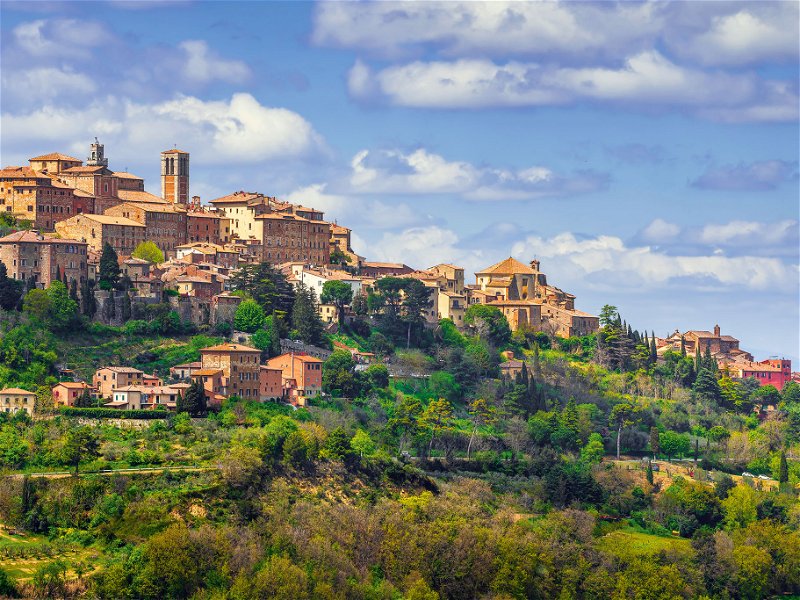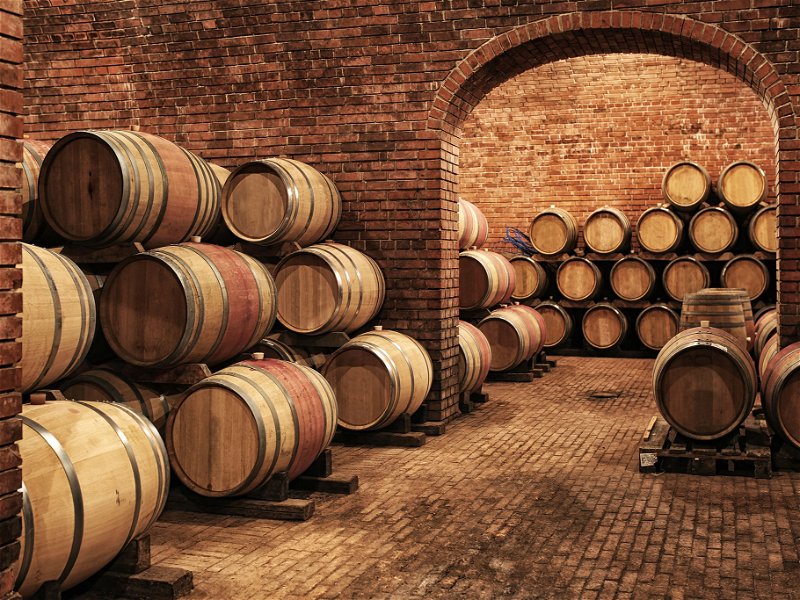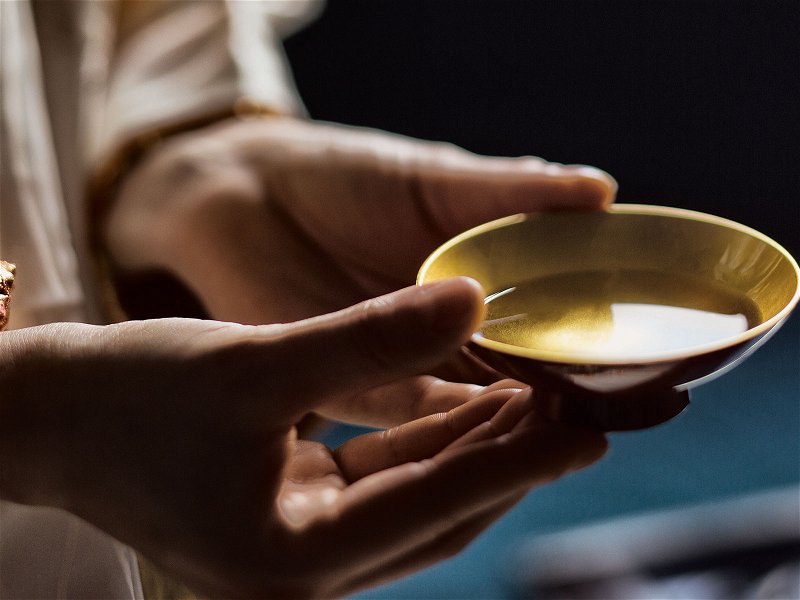Barossa Shiraz: Power with Poise
The modern breed of Barossa Shiraz is challenging the South Australian region's reputation for just producing powerful, rich and high-alcohol wines redolent with oak and chocolate.
Let’s be clear: Shiraz grown in this Mediterranean-like climate is never going to be shy. These are full-bodied wines that hit 14.5% ABV with no trouble at all. But in the right hands, big can also be beautiful. The best wines from Barossa display an attractive generosity, their warming alcohol and irresistibly plush fruit complemented by savoury black pepper, fine tannic framework and breezy acidity.
However fashionable it may be to talk about terroir – and Barossa has enough soil and altitude variations to keep that discussion going for hours – it’s also important to acknowledge the impact of winemaking decisions on house style that can vary so significantly here. From that crucial decision about harvest date onwards, every decision, whether active or passive, has an impact on what ends up in the bottle.
For some producers, picking at least a proportion of fruit earlier than the main harvest offers scope for a final blend that is not only slightly lighter in alcohol, but also displays greater length and complexity. “I love to go early with some of our Shiraz,” says Dan Chaffey Hartwig of Chaffey Bros. Wine Co. “We blend for freshness.”
Other factors such as using indigenous yeast or including some whole bunches – stems and all – in the fermentation process can also support this fresher stylistic direction. Some producers, such as Hentley Farm, take inspiration from the Northern Rhône by incorporating a small amount of Viognier into the blend for a charming, distinctive floral top note.
But it’s not just producers who should be conscious of how best to coax the finest expression from these wines. First of all, Barossa Shiraz certainly benefits from a few hours in the decanter before drinking. Let the wine linger in your glass too: you’ll be amazed how it evolves over the course of a meal.
Secondly, and a rather longer-term consideration, there’s the question of cellaring. You wouldn’t expect peak pleasure from an embryonic Hermitage or Cornas, so it’s only fair to give Barossa Shiraz the same chance to shine. “It’s a great shame when people don’t realise these are wines that have been built to last,” agrees Mark Pygott MW, who focused on this region for his Master of Wine research paper.
Just how long you cellar the wine is a matter of personal preference – not to mention restraint and space – but it’s certainly worth opening a bottle after about five years to check how it’s evolving. There’s no need to rush though. Speaking about his own wines, Andrew Quin of Hentley Farm suggests there’s an “8 to 12-year window from vintage to where we want them.” An enthusiastic advocate of allowing Barossa Shiraz time to achieve its full potential, Quin remarks: “Brightness and intensity of fruit is a great thing, but I like it when that’s in the background a little and those secondary characteristics come through.”
So if it’s been a while since you last tried a Barossa Shiraz then now’s a good time to revisit this justifiably renowned region. After all, Barossa has not only played an important role in Australia’s wine history, but continues to dominate the country’s fine wine hierarchy. That hefty, heady Barossa stereotype still exists, sustained by a loyal fan club, but there are also plenty among the current generation of Barossa winemakers who seek to harness their wines’ natural power with an engaging vibrancy. “Power is a calling card of Barossa, but there’s a lot more to it than just that,” argues Quin. “Modern Barossa Shiraz is also about having finesse, poise and great length.”


